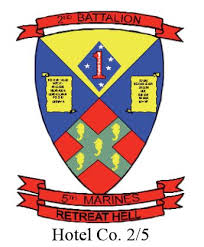PAVN aka NVA

The People’s Army of Vietnam (PAVN) or the Vietnam People’s Army (VPA), also informally recognized as the North Vietnamese Army (NVA) to us American soldiers and support staff who were in the Vietnam War, is the military force of the Socialist Republic of Vietnam and the armed wing of the ruling Communist Party of Vietnam. The military flag of the PAVN is the flag of the Socialist Republic of Vietnam, with the words Quyết thắng (Determination to win) added in yellow at the top left.
General Trần Văn Trà, one-time commander of the B2 Front (Saigon) HQ confirms that even though the PAVN were confident in their ability to defeat the regular ARVN forces, U.S. intervention in Vietnam forced them to reconsider their operations. The decision was made to continue to pursue “main force” engagements even though “there were others in the South – they were not military people – who wanted to go back to guerrilla war,” but the strategic aims were adjusted to meet the new reality”. “We had to change our plan and make it different from when we fought the Saigon regime because we now had to fight two adversaries — the United States and South Vietnam”. “We understood that the U.S. Army was superior to our own logistically, in weapons and in all things. So strategically we did not hope to defeat the U.S. Army completely”. “Our intentions were to fight a long time and cause heavy casualties to the United States, so the United States would see that the war was unwinnable and would leave”.
We, Marines, fought alongside the ARVNS, and the Korean Marines to fight against two enemies, the Viet Cong (VC) (those communists who lived in South Vietnam and fought against their government) and the North Vietnamese Army (NVA).
The NVA were greater in number and much more well-trained in combat than were the VC. The NVA had many more weapons and military resources than did the VC. The NVA had uniforms, and the VC dressed in black or white pajamas to blend in with the farmers and citizens of the communities around us. Many of the VC were rice farmers during the day, setting booby traps, and shooting at us at night.

